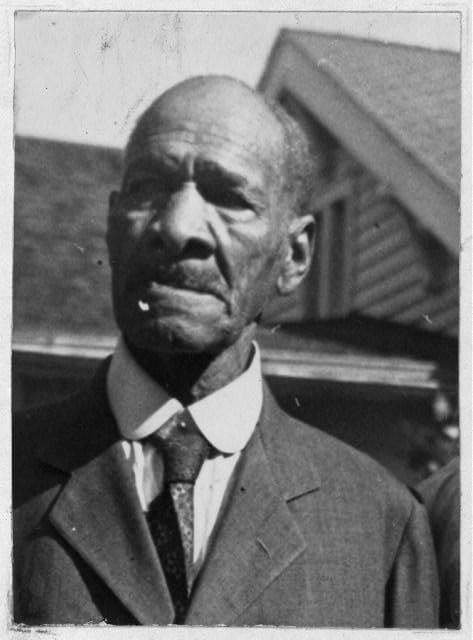Oral Histories of Formerly Enslaved Kentuckians

One of the goals of this project is to collect as many source documents as possible that pertain to slavery in Kentucky, the initial focus of our series. Perhaps the most powerful of these are the first-person testimonials of the enslaved themselves.
Unfortunately, there are no known audio or video recordings of formerly enslaved Kentuckians, but there were numerous print interviews that were done in the 1930s, some by African American scholars affiliated with Fisk University, most by writers and folklorists associated with the WPA Writers’ Project.
In the search tool below, you can access excerpts from these oral histories, with links available on each page to the complete transcript of that interview.
Interview Context and Dialect
Most of the oral histories featured on the Reckoning website come from the WPA Slave Narratives collection. Between 1936 and 1938, the Federal Writers’ Project, a part of the Works Progress Administration (WPA), collected over 2,300 first-person accounts of enslavement.
Please note that most of the interviewers were white (only about 17% were African American). As a result some interviewees may have depicted slavery in a positive light so as to not offend their white interviewer and/or challenge the racial hierarchy. Additionally, many of the interviewers chose to use Black dialect when transcribing the words of the formerly enslaved (including some African American WPA interviewers). Other interviewers chose to use standard English, rather than dialect, when transcribing the interviews they conducted.
Because of the different ways the interviewers chose to transcribe their interviews, we decided to standardize the transcriptions using standard English (e.g., master instead of massa; them instead of dem). We made this choice as many uses of dialect lead to the speaker being perceived as ignorant. We wanted to emphasize the content of these oral histories, rather than have the interviewers’ transcription choices distract readers.
To learn more about the WPA Slave Narratives project, please visit the Library of Congress website.